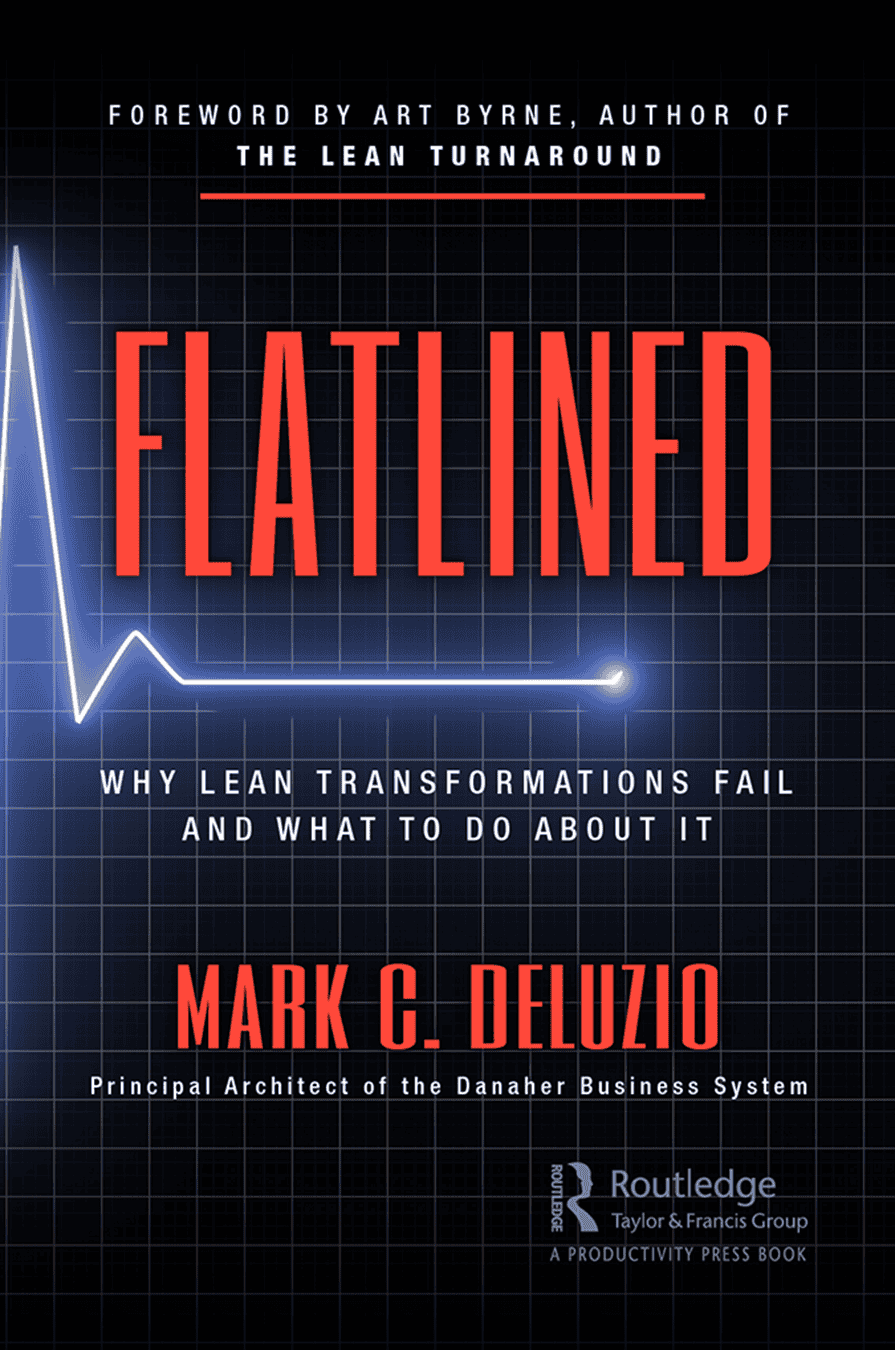A Lean transformation can’t succeed when compensation systems reward the wrong behaviors.
This might seem like common sense, yet it’s where many organizations and the decision-makers behind them start to stumble.
For all the time organizations spend on tools, training, and Kaizen events, the most powerful cultural lever often goes untouched: how people get paid. When incentives reinforce output, utilization, or cost reduction, they send a clear message about what matters most — and it’s rarely continuous improvement.
That’s why so many Lean transformations falter or stall out. On the surface, everyone talks about quality, flow, and problem-solving.
But underneath, bonuses still hinge on quarterly numbers or individual performance. As a result, teams chase short-term gains, functional silos deepen, and leaders wonder why Lean “never sticks.”
The first step to overcoming this hurdle is to understand how to utilize compensation strategies to generate positive change. Because these systems don’t just fuel behavior, they define it. Until executives align pay with purpose, their Lean transformations will flatline.
When Good Metrics Drive Bad Behavior
Here’s the core issue: Even well-intentioned metrics can backfire when they don’t reflect the true drivers of performance.
Many organizations measure success by cost, output, or equipment utilization — all familiar, quantifiable numbers that feel safe to track. But these are lagging indicators. Cost, for example, reflects the outcome of earlier decisions rather than the behaviors that create sustainable improvement.
It’s like looking at the numbers on the scale when you want to lose weight.
“Well, yeah, you need to check the scale. But what are the real drivers? What are the leading indicators that are driving your current weight? It’s calories; it’s nutrition; it’s exercise and how much sleep you get. It’s the same thing with cost.” — Mark DeLuzio
Bonuses tied to cost savings or quarterly production targets can unintentionally encourage overproduction and cutting corners. Employees are driven to chase the numbers, not the outcomes the organization truly needs.
Consider a factory where procurement is rewarded solely for cost reduction. Buying cheaper parts might look good on paper, but if those parts fail more often and slow production, then overall profit drops. The system rewarded short-term savings, but the enterprise lost.
In other words, good intentions meet flawed incentives, and the result is predictable dysfunction.
This is why leading indicators matter. Compensation must reinforce the drivers of behavior that produce results rather than undermine them, which means shifting focus from lagging outcomes like cost to the actions that generate sustainable improvement.
Compensation Systems That Reward the Process, Not Just the Results
So, if compensation focuses only on results, it encourages shortcuts and silos.
Leading indicators like training completion, process compliance, and collaborative problem-solving are what signal long-term success. Rewarding these behaviors aligns incentives with Lean priorities and ensures employees focus on the activities that truly create value.
“What I’ve learned from my friends at Toyota is that a line leader, for example, does not get measured on output as much as he or she gets measured on how well they’ve trained their people to solve problems.” — Mark DeLuzio
Compensation then becomes a tool to embed Lean thinking into everyday decisions, rather than simply a reflection of outcomes on a scoreboard.
And remember, as decision-makers, it’s not enough to recognize outcomes after the fact. Effective compensation systems integrate process-based measures into pay, so improvement becomes part of the daily rhythm, not an afterthought. This shift naturally leads to the next challenge, which is aligning compensation across functions because breakthrough results rarely happen in isolation.
Performance depends on teams that span functions, from operations and engineering to finance and HR. Aligning incentives across these groups is how you create a system where everyone is working toward the same enterprise-level goals, not just optimizing their own department.
Cross-Functional Alignment and Breakthrough Goals
When incentives are aligned across teams, success is measured by the collective outcome, not individual departmental wins.
For example, instead of rewarding procurement solely for cost savings or sales solely for shipments, pay structures should encourage behaviors that optimize the performance of the organization as a whole. Misaligned rewards can create unintended consequences, even when individual targets are met.
“Your compensation, and your KPIs in general, have to be in concert with Lean principles.” — Mark DeLuzio
Calibration also plays a critical role. Traditional “100% = full payout” models often discourage ambition or encourage conservative behavior. Lean organizations, by contrast, design compensation to recognize meaningful progress toward stretch goals.
Achieving 75–80% of a breakthrough target, for instance, can justify a full payout if it exceeds standard performance, motivating teams to take smart risks and pursue continuous improvement.
By designing compensation to reward cross-functional collaboration and meaningful progress, organizations transform pay from a transactional expense into a strategic lever that reinforces Lean behaviors and drives enterprise-wide success.
CFO and HR Leadership, Plus Its Cultural Implications
Even with cross-functional alignment and well-calibrated goals, compensation won’t drive lasting change without executive oversight.
CFOs and HR leaders are critical in embedding Lean principles into pay systems, ensuring that rewards reinforce the behaviors that truly move the enterprise forward. When finance and HR cling to traditional assumptions, even the most thoughtful metrics and team-based incentives can fail to take hold.
Compensation is one of the most powerful signals of what a company values. If leaders reward cost-cutting at the expense of quality, safety, or collaboration, the organization will naturally prioritize the wrong behaviors, regardless of Lean training or strategy deployment.
Conversely, when HR and finance intentionally design rewards around problem-solving, process adherence, and collective achievement, they reinforce a culture of continuous improvement at every level. Leadership courage is essential. Executives must challenge entrenched metrics, recalibrate incentives, and communicate that true success is measured by enterprise-wide results, not isolated wins. Aligning compensation with Lean principles shapes culture, drives the right behaviors, and supports transformation efforts that stick.
Reinforcing Lean Through Strategic Compensation Planning
Designing effective compensation isn’t just about hitting numbers or achieving predictable targets. It’s about creating an environment where thoughtful risk-taking, problem-solving, and collaboration are recognized and rewarded.
When teams are encouraged to address root causes, experiment with improvements, and challenge the status quo, the organization cultivates both resilience and innovation.
The takeaway is clear: for Lean initiatives to succeed, pay and performance systems must reflect what the organization truly values. When compensation, culture, and leadership align, the enterprise moves forward together consistently, sustainably, and with a shared purpose.

